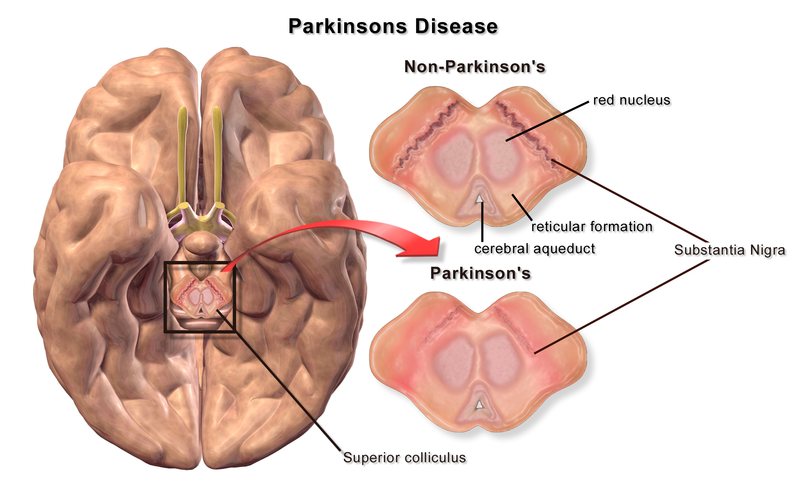The Hidden Pathway of Parkinson's Disease: Lysosomes Revealed
Written on
Chapter 1: Understanding Parkinson’s Disease
Parkinson's Disease (PD) is a progressive neurodegenerative disorder that primarily manifests through motor symptoms such as tremors, stiffness, and slowness. Initially documented by the English physician James Parkinson in 1817, the condition progresses over time, leading to additional complications including cognitive decline, sleep disturbances, and, in advanced stages, dementia related to Parkinson's disease.

As the disease progresses, it becomes apparent that PD results from the degeneration of neurons in a brain area known as the substantia nigra. While the precise cause of this neuronal death remains unclear, it is evident that the accumulation of Lewy bodies—clusters of misfolded proteins, particularly alpha-synuclein—plays a significant role. Typically diagnosed in individuals over 60, early-onset forms